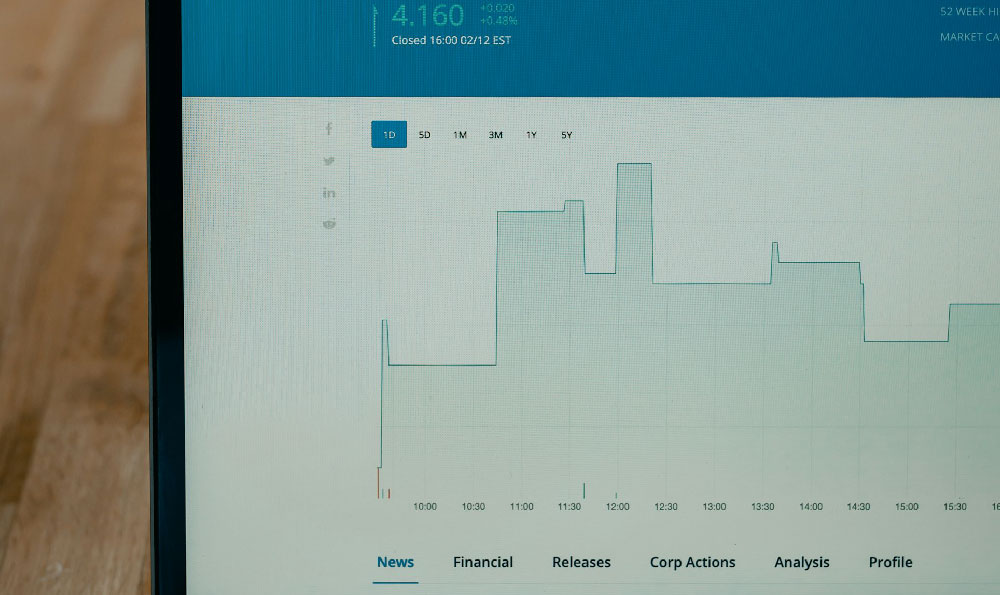Passive income has long been regarded as a pathway to financial independence, offering the allure of earning money without active involvement. While the concept may seem simple—receiving income while sleeping—the reality requires strategic planning, disciplined execution, and a nuanced understanding of financial markets. The key lies in identifying sustainable sources of income that generate returns consistently over time. Whether through dividend-paying stocks, rental properties, or automated investment vehicles, each approach carries its own set of risks and rewards. The challenge is not only to build a diversified portfolio but also to ensure that the income streams are resilient to market fluctuations and inflationary pressures. To achieve this, one must approach passive income generation like a puzzle, where each piece—be it a bond, real estate investment trust, or side business—contributes to the overall picture of financial stability.
At the heart of passive income is the principle of leveraging income-producing assets. For instance, dividend stocks offer regular payouts from company profits, but these dividends depend on the firm’s performance and dividend policy. Investors must research companies with a history of stable earnings and consistent dividend distributions, often referred to as "dividend aristocrats" or "blue chip stocks." However, the stock market is inherently volatile, so it's crucial to balance exposure to dividend-paying stocks with other assets that provide more predictable returns. This might involve investing in large-cap indices or sector-specific funds that distribute dividends across a broad range of companies, mitigating the impact of underperformance in any single equity. The beauty of this strategy is that it allows for compounding growth, as reinvested dividends can purchase additional shares, gradually increasing the income stream over time. Yet, the risk of market downturns or company-specific events such as bankruptcy or restructuring remains, necessitating a long-term perspective and the ability to weather short-term volatility.
Real estate, another traditional avenue for passive income, operates under a different set of dynamics. Rental income can provide a steady cash flow, but the management of properties often requires time and effort. This is where the use of real estate investment trusts (REITs) or fractional ownership models becomes invaluable. REITs allow individuals to invest in diversified portfolios of properties without the burden of direct management, while fractional ownership enables participation in high-value assets at a fraction of the cost. Both options, however, are subject to market cycles and interest rate changes, which can influence property values and rental demand. For instance, rising interest rates may make mortgages more expensive, reducing the number of potential buyers and, consequently, rental prices. To counteract this, investors might focus on regions with strong economic fundamentals or industries that are resistant to downturns, such as essential services or healthcare. Additionally, tax advantages associated with real estate, such as mortgage interest deductions or depreciation benefits, can enhance overall returns, making it a compelling option for those seeking passive income.

Beyond individual investments, the rise of automated financial products has transformed passive income generation into a more accessible endeavor. Robo-advisors, for example, use algorithms to manage portfolios based on predefined criteria, such as risk tolerance and investment goals. These platforms typically offer lower fees compared to traditional wealth managers, making them an attractive option for beginners or those with limited time to manage their investments. Similarly, dividend reinvestment plans (DRIPs) automate the process of purchasing additional shares with earned dividends, compounding growth without manual intervention. However, the effectiveness of these tools depends on the underlying investments. A robo-advisor may allocate funds to a mix of stocks, bonds, and ETFs, but it's essential to understand how these allocations are determined and whether they align with your financial objectives.
Another avenue for passive income lies in the creation of income-generating assets that require minimal maintenance. This could include writing books, creating digital content, or developing intellectual property that earns royalties over time. Similarly, businesses such as online stores, subscription services, or software platforms can generate recurring revenue with minimal direct involvement. The challenge here is to build something of intrinsic value that can sustain itself without constant oversight. This often involves upfront effort, but the rewards can be substantial if the asset is well-positioned in the market. For instance, a well-designed website with a loyal customer base can generate income through advertising or affiliate marketing, while a software product with a recurring subscription model can provide predictable cash flow.
The importance of diversification cannot be overstated. Passive income streams that are concentrated in a single asset class or market are vulnerable to specific risks. For example, relying solely on dividend stocks could expose you to the risk of a market crash, while investing entirely in real estate may leave you unprepared for economic downturns. A well-balanced portfolio that incorporates multiple income-generating assets—such as a mix of dividend stocks, bonds, and real estate—can provide a more stable and resilient income stream. This is particularly relevant in volatile markets where one asset may underperform while another compensates. Diversification also helps in managing risk, as losses in one area may be offset by gains in another, ensuring that the overall portfolio remains robust.
Ultimately, generating passive income while you sleep requires a blend of strategic planning, ongoing education, and disciplined execution. It's not a get-rich-quick scheme, but rather a long-term commitment to building and maintaining assets that generate returns. This involves regularly assessing and rebalancing your portfolio to ensure it aligns with your financial goals and risk tolerance, as well as staying informed about market trends and economic indicators. By adopting a well-rounded approach and being mindful of the risks involved, individuals can create a sustainable source of passive income that supports their financial aspirations without requiring constant vigilance.
The journey to passive income is as much about mindset as it is about financial instruments. It demands patience, the ability to accept uncertainty, and a willingness to adapt as markets evolve. Those who view this as a long-term strategy, rather than a quick fix, are more likely to achieve success. By combining sound financial principles with a commitment to continuous learning, individuals can navigate the complexities of passive income generation and build a future where their money works for them, even when they're asleep.












